VATOS (바토스)
4.1Km 2021-03-29
1, Itaewon-ro 15-gil, Yongsan-gu, Seoul
+82-2-797-8226
It serves new-concept dishes by combining Korean flavors with traditional Mexican dishes. This Western dishes restaurant is located in Yongsan-gu, Seoul. The most famous menu is cheese nacho.
Wang Thai (왕타이)
4.1Km 2021-05-14
151, Itaewon-ro, Yongsan-gu, Seoul
+82-2-749-2746
Wang Thai serves authentic Thai food with over 100 menus by professional Thai chefs. The restaurant offers about 80 seats with Thai decorations, giving off an exotic atmosphere. The restaurant earned the Thai Select, a certificate of authentic Thai cuisine given out by the Thailand Government.
BUA (부아)
4.1Km 2021-03-19
9, Bogwang-ro 59-gil, Yongsan-gu, Seoul
+82-2-792-3340
A restaurant frequently featured in programs on Korean delicious dishes. Bua, meaning a lotus in Thai, features authentic Thai cuisine. The best menu at this restaurant is som tam. This is a Asian restaurant located in Itaewon, Seoul.
Innisfree - Itaewon Branch [Tax Refund Shop] (이니스프리 이태원)
4.1Km 2024-04-18
160-1, Itaewon-ro, Yongsan-gu, Seoul
-
Hamilton Shirts (해밀턴 셔츠)
4.1Km 2021-01-19
160, Itaewon-ro, Yongsan-gu, Seoul
+82-2-796-5693
Located across from Hamilton Hotel, Hamilton Shirts boasts exquisite custom dress shirts with over 30 years of history. Its loyal customers include professionals in the financial industry and media. Within a 30,000-40,000 won price range, customers get high quality dress shirts with their initials either on collars or sleeves. Reasonable prices along with exceptional quality have attracted not just Koreans but international tourists to Hamilton Shirts. Customers staying or living in Seoul may get their shirts delivered to their doors once they visit Hamilton Shirts and choose the type of fabric and style.
Yongdap Station Pedestrian Bridge (용답역 육교)
4.1Km 2017-02-24
159, Salgoji-gil, Seongdong-gu, Seoul
Located in Seoul Subway Line 2, Yongdap Station Bridge is a place that takes part in the everyday life of the local community. It was also a filming site in tvN's drama "Guardian (2016)" for many notable scenes, inclduing Sunny and Jeoseungsaja's first encounter.
Olive Young - Itaewon Branch [Tax Refund Shop] (올리브영 이태원입구)
4.1Km 2024-04-18
1F, 145, Itaewon-ro, Yongsan-gu, Seoul
-
Olive Young - Sookmyung Women’s Univ. Station Branch [Tax Refund Shop] (올리브영 숙대입구역)
4.1Km 2024-04-17
1F, 285, Hangang-daero, Yongsan-gu, Seoul
-
Usmania (우스마니아)
4.1Km 2017-10-10
34, Usadan-ro, Yongsan-gu, Seoul
+82-2-798-7155
Usmania is a Pakistani restaurant located in Itaewon. The restaurant imports all its ingredients from Pakistan (except for its meats and vegetables) in order to make the dishes as authentic as possible. Dishes are cooked in a tandoor, a clay oven used in just about every household in Pakistan.
Center Coffee (Seoul Forest) (센터커피 서울숲점)
4.1Km 2023-10-23
28-11, Seoulsup 2-gil, Seongdong-gu, Seoul
Center Coffee (Seoul Forest) is located near Exit 5 of Seoul-forest Station (Suin–Bundang Line) in a residential district between Seongdong-gu Citizens' Sports Center and Seongsu Middle School. Note that the shop does not have its own parking lot. Because of its location in a busy city center, it is best to utilize buses, subway, and other public transportation. The cafe itself is situated on the second and third floors of a building, so it has a pleasant view. As one enters the building, one can find five blue ribbons adorning the doorway. Window seats here have a view of Seoul Forest. Signature menus include hand drip and mugwort lattes, and the menu is rounded out by beverages like espresso, cafe Americano, latte, and cappuccino. Because of its proximity to Seoul Forest, one can go for a leisurely walk there. Other nearby sites include Seongsu-dong Cafe Street, Seongsu Handmade Shoes Park, and Ttukseom Recreation Area.
※ Pets allowed
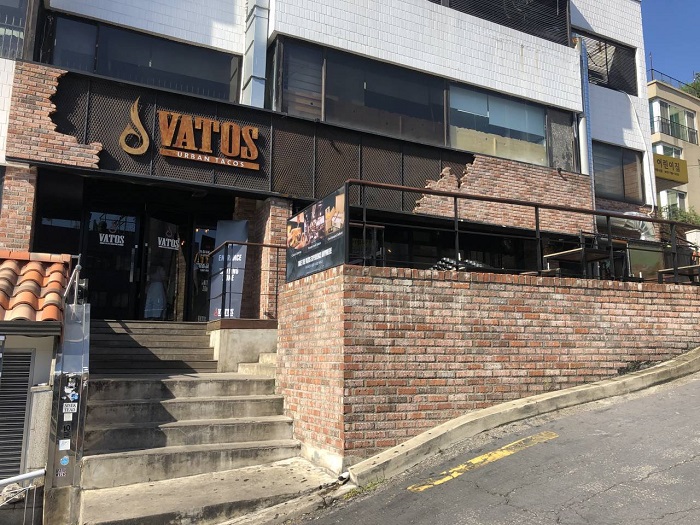

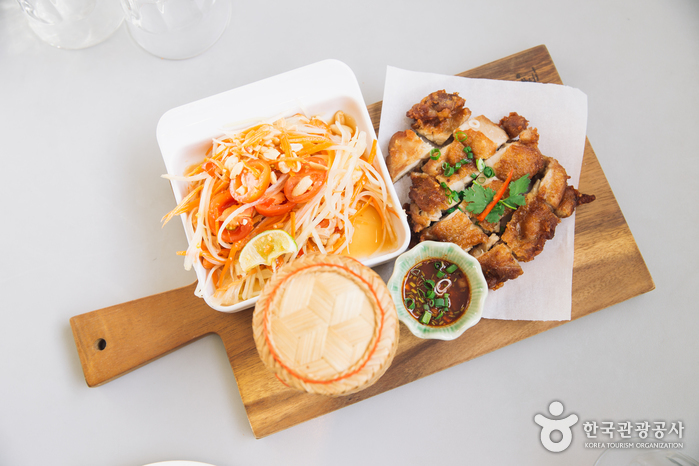
![Innisfree - Itaewon Branch [Tax Refund Shop] (이니스프리 이태원)](http://tong.visitkorea.or.kr/cms/resource/39/2878539_image2_1.jpg)
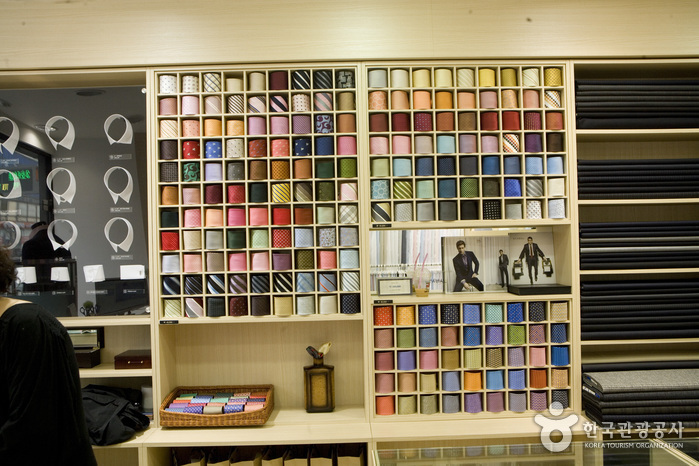
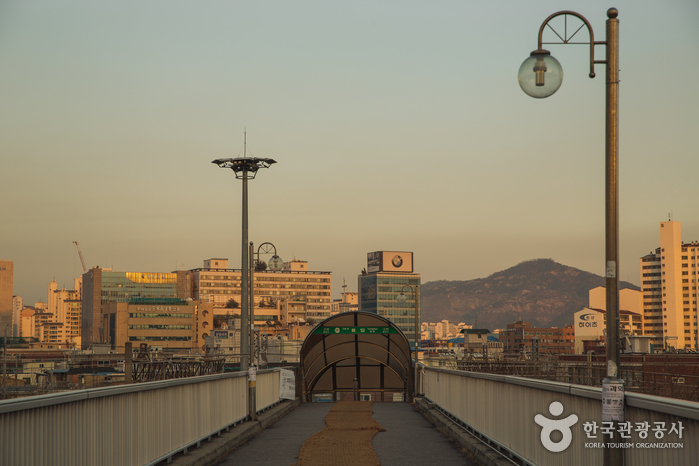
![Olive Young - Itaewon Branch [Tax Refund Shop] (올리브영 이태원입구)](http://tong.visitkorea.or.kr/cms/resource/82/2878482_image2_1.jpg)
![Olive Young - Sookmyung Women’s Univ. Station Branch [Tax Refund Shop] (올리브영 숙대입구역)](http://tong.visitkorea.or.kr/cms/resource/87/2888087_image2_1.jpg)
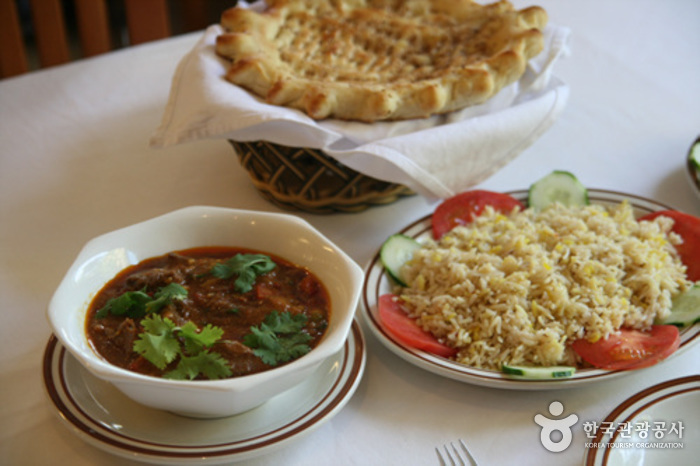
 English
English
 한국어
한국어 日本語
日本語 中文(简体)
中文(简体) Deutsch
Deutsch Français
Français Español
Español Русский
Русский